
A Balanced Merger of Old and New—IF.BE, Mumbai, by Malik Architecture
Designed by Malik Architecture, IF.BE was an opportunity to examine an old and abandoned ice factory holistically and contemplate new synergies.
Category featuring the architectural and design projects from top architects in India. Architecture in India featured through an array of works from different typologies and contexts by popular architects in India.

Designed by Malik Architecture, IF.BE was an opportunity to examine an old and abandoned ice factory holistically and contemplate new synergies.

Edited by Madhavi Desai, Gender and the Built Environment in India examines the role of women as consumers and the creators of the built space, focusing on India and parts of South Asia.

Dealing with Climate Change, by Vinod Gupta, was first published on the author’s LinkedIn page on September 8, 2022.
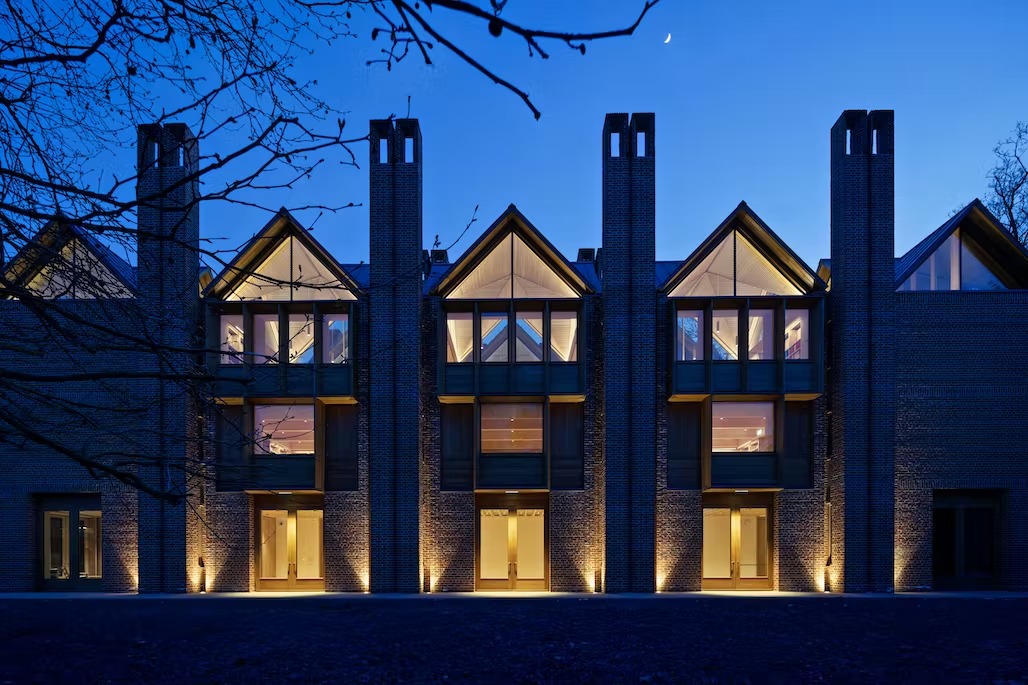
RIBA’s 2022 Stirling Prize Winner: The New Library, Magdalene College, by Niall McLaughlin Architects

In extension to the Future Trajectories series, Studio Mohenjodaro reminisces about their journey in a conversation with Megha Pande.

Written by Architect Kavas Kapadia, the flood of disillusionment puts into words the ground reality of what follows floods in India.
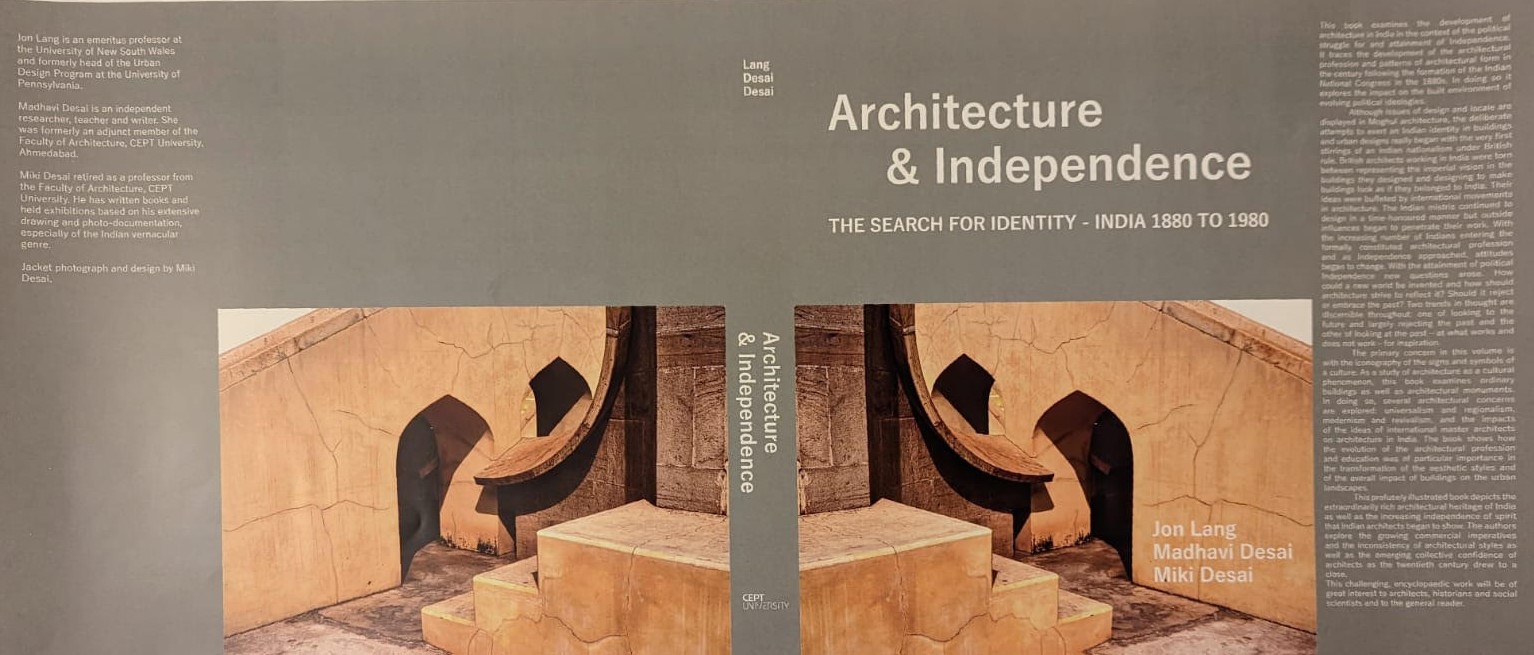
Authored by Jon Lang, Madhavi Desai and Miki Desai, ‘Architecture & Independence’ examines the development of architecture in India in the context of the political struggle for and attainment of Independence.

‘The Queen and I’ is the author, H Masud Taj’s, recollection of his (in Canada) and his family’s (in Moradabad) encounters with two Queens of British Monarchy. The architect’s essay journeys from his childhood home in Moradabad, the design he did for Eagle Vacuum Flask in Mumbai, the calligraphic long-poem permanent installation he designed for the Consulate General of Canada in Bengaluru and the induction of his book in the Library of Parliament in Ottawa, Canada.

Designed on a small site in Bangalore, House S by Design Integratus is designed on a tight budget and in response to its densely populated context. The house is divided into three zones vertically- the private (second floor), public (first and upper ground) and semi public (ground and lower ground) zones.
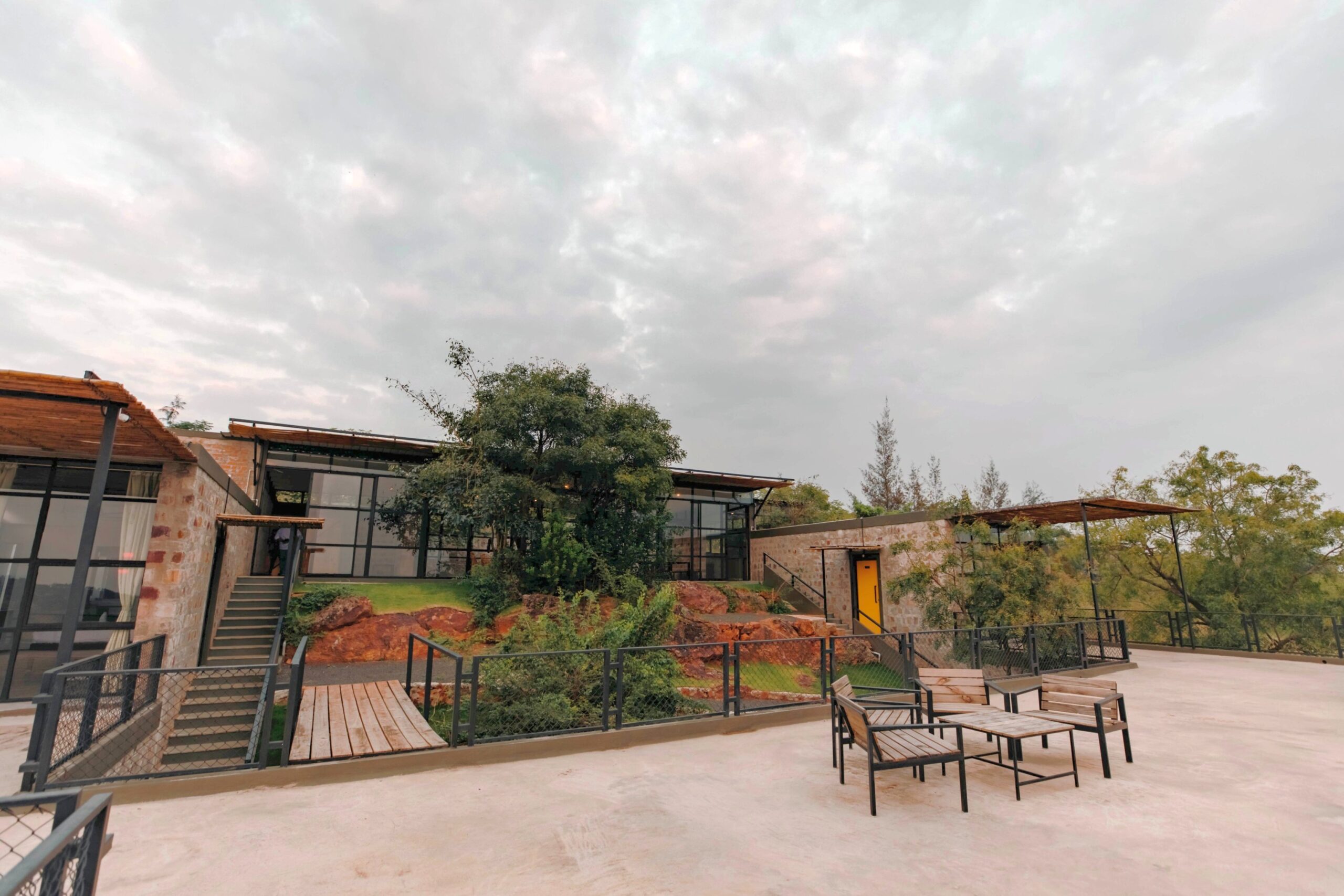
Bevina Mane, translating into Neem House in Kannada, is a farmhouse designed by ENSO in Belgaum, Karnataka. The highly contoured site was chosen for the views of the green farmland and view of the sunset. The design embraces the site’s existing topography and trees including the neem trees.

Weekend Home in Bangalore by Studio Motley – Weekend Home is a 4-bedroom residence in a gated community with a built-up area of 650 sqm, and has clearly delineated visitor and private areas. The plan is a simple configuration of rooms around a courtyard. This central open space contains a kund and a large shade tree which breathes life into the surrounding sheltered zones. The emphasis here is on creating an ‘outdoor room’ which connects the house to the landscape and also forms the centre, unifying the entire composition.
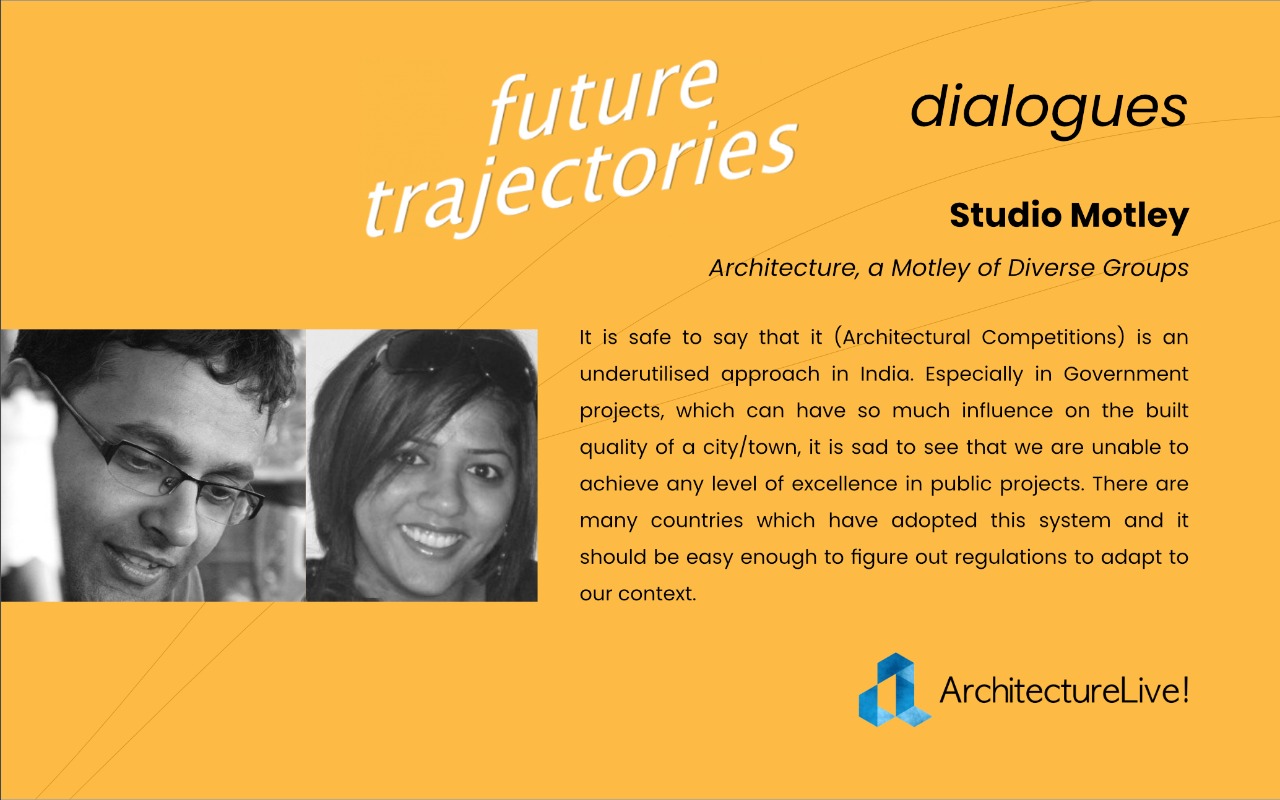
In extension to the Future Trajectories series, Studio Motley reminisces about their journey in a conversation with Megha Pande.

Designed by Studio Interweave, the house at Rumtek is an attempt to re-contextualise the learnings from the past to the time in which it is made.
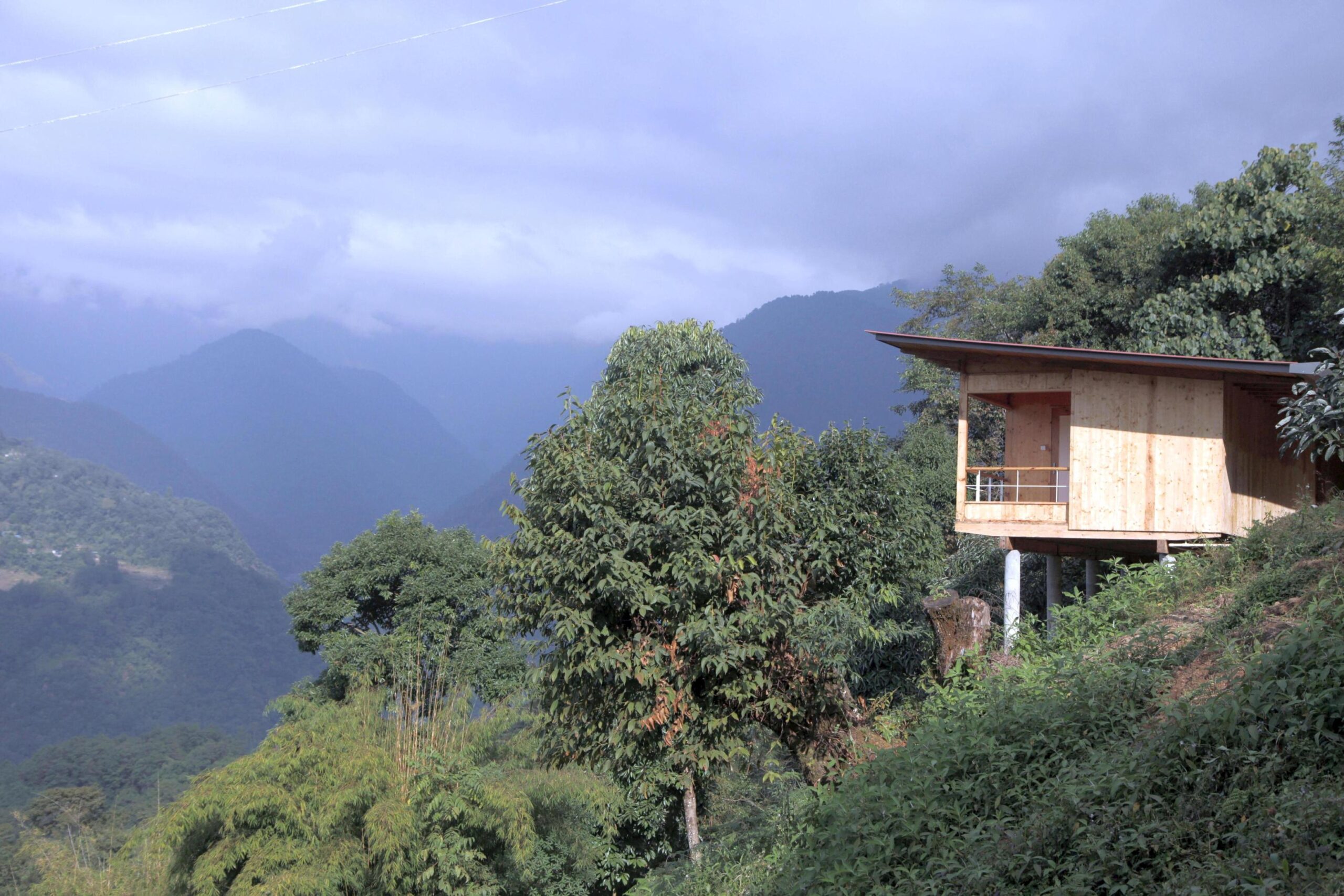
Designed by Studio Interweave, this project is a Homestay located in Kabi, North Sikkim. The structures are built taking the the site’s topography and existing landscape into consideration. The units are light in weight due to the usage of timber construction, thereby allowing minimum excavation for the footing.
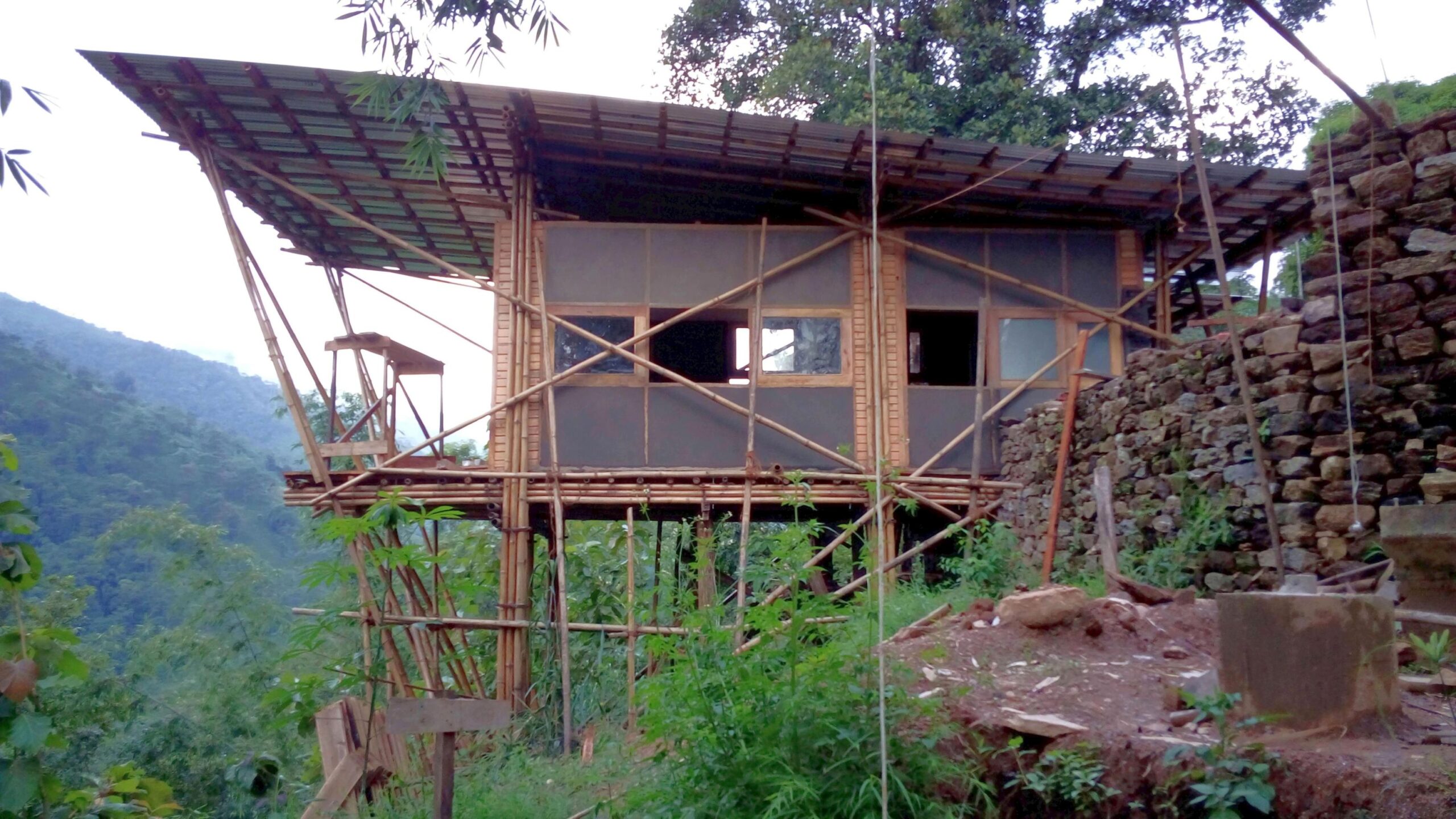
Designed by Studio Interweave, bamboo and timber-built Baasbari Eco-farm started as a residence for an environmental scientist’s family.
Stay inspired. Curious.
© ArchiSHOTS - ArchitectureLive! 2024